PEOPLE
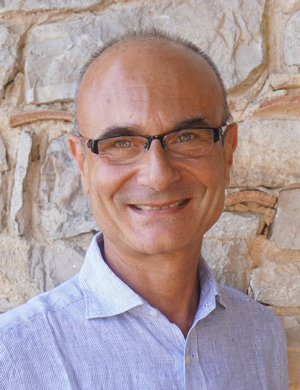
AN INFRASTRUCTURE FOR INTERDISCIPLINARY RESEARCH IN THE HEART OF EUROPE
Interview with Francesco Sette, Director General of the European Synchrotron Radiation Facility (ESRF)
Light for Science. This expression encapsulates the mission of the European Synchrotron Radiation Facility (ESRF) and is the perfect slogan for the UNESCO International Year of Light. It is light itself, specifically synchrotron radiation light, the main focus of this centre of excellence for basic, applied and industrial research, which uses and makes available to the international scientific community the most intense source of X-rays of the world, a hundred thousand billion times brighter than the X-rays used inside hospitals. Synchrotron light is electromagnetic radiation, emitted by relativistic electrons through a wise manipulation of their trajectory with powerful magnetic fields. Infact, photons with various wavelengths ranging, from infrared to hard X-rays, are created when electrons are driven at a speed close to the speed of light inside a storage ring, and are deflected by magnetic fields. Opened in 1994 in Grenoble, France, ESRF was founded also thanks to the expertise at INFN, especially at the Frascati National Laboratory, involved from the beginning in the design of the storage ring of ESRF. ...
NEWS
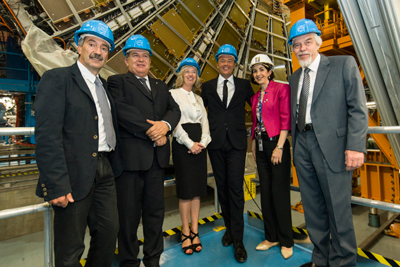
Institutions
PRIME MINISTER RENZI VISITS CERN
On 7 July, Italian Prime Minister Matteo Renzi visited CERN, in Geneva. Renzi, accompanied by Stefania Giannini, Minister of Instruction, University and Research, was welcomed by Rolf Heuer, Director General of CERN, together with Fabiola Gianotti, designated Director, Sergio Bertolucci, Director for Research and Computing, and the Nobel Prize Carlo Rubbia. ...
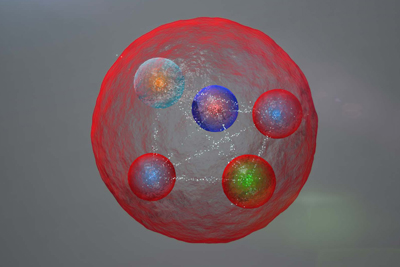
Research
PENTAQUARKS OBSERVED
LHCb, one of the four major experiments at the LHC Large Hadron Collider, CERN’s supercollider in Geneva, reported the discovery of a class of exotic particles composed of five quarks, known as pentaquarks. The pentaquark that was observed is not simply a new particle but a new way in which quarks, which are the fundamental constituents of protons and neutrons ...
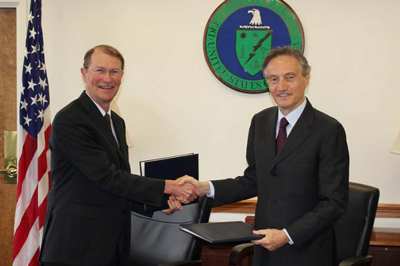
International Cooperation
ITALY-UNITED STATES SIGN FRAMEWORK
AGREEMENT FOR PHYSICS RESEARCH
A scientific-technological agreement between Italy and the United States was signed on 17 July in Washington. The agreement aims to promote cooperation on research into particle physics and nuclear physics. The document was signed by Italy's Ambassador to the United States, Claudio Bisogniero, representing the Ministry ...
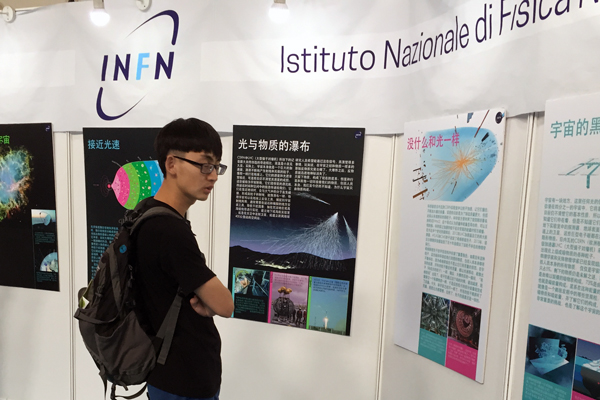
Dissemination
INFN AT THE CHINA SCIENCE FESTIVAL IN BEIJING
Light and colours. For the International Year of Light, IYL2015. This is the theme of the second China Science Festival and Youth Science Education Expo 2015, Beijing’s science festival. ...
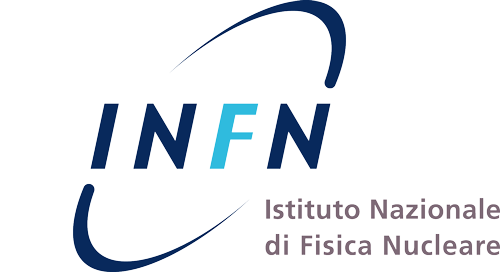

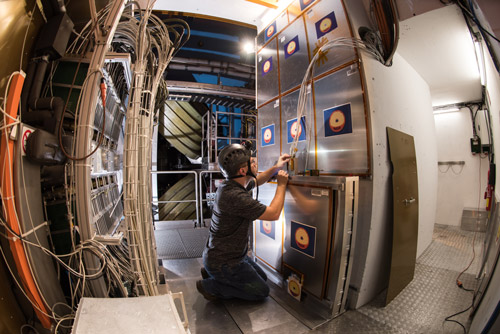 PURSUING THE QUEST FOR MAGNETIC MONOPOLES AT THE LHC WITH THE MoEDAL EXPERIMENT
PURSUING THE QUEST FOR MAGNETIC MONOPOLES AT THE LHC WITH THE MoEDAL EXPERIMENT